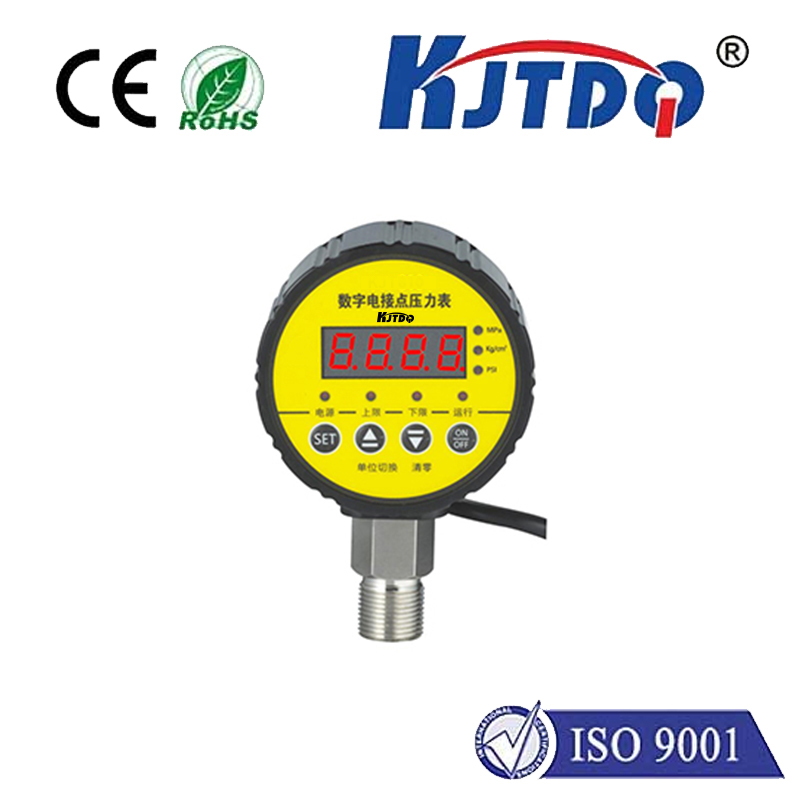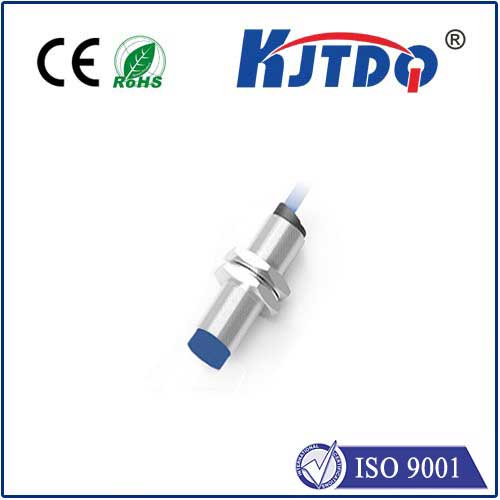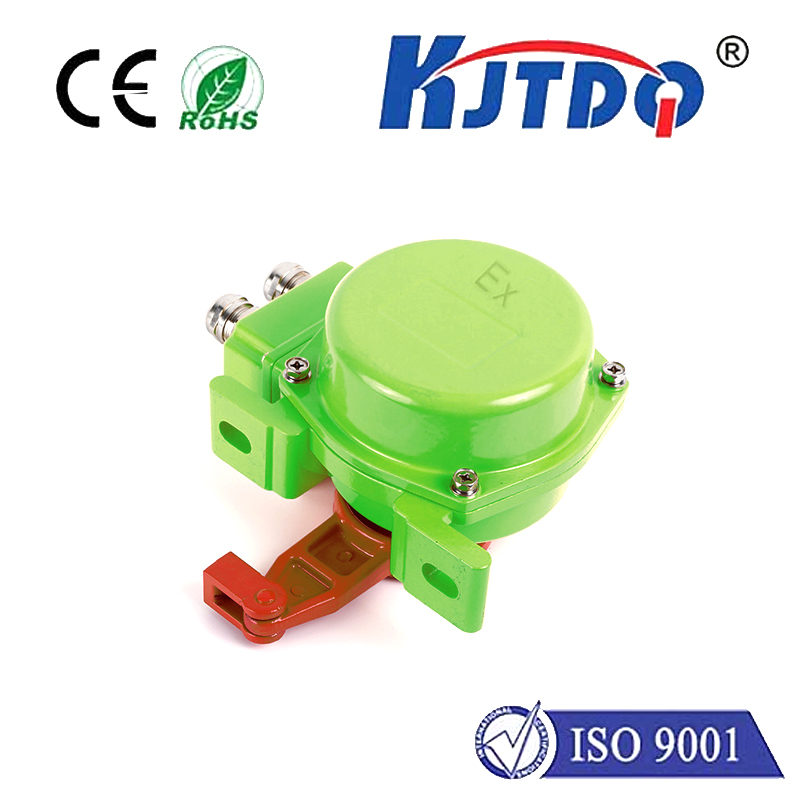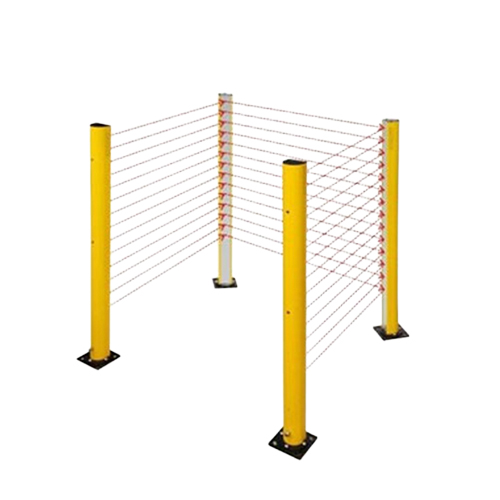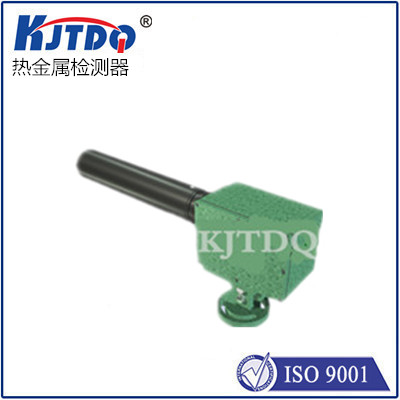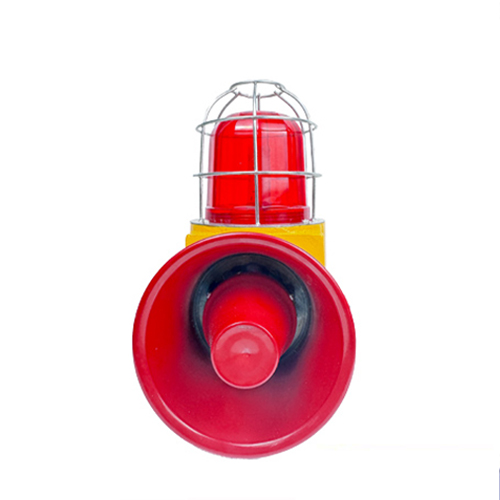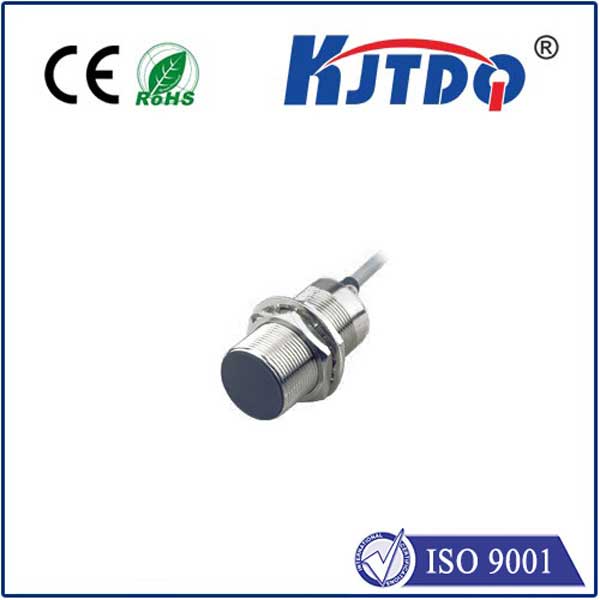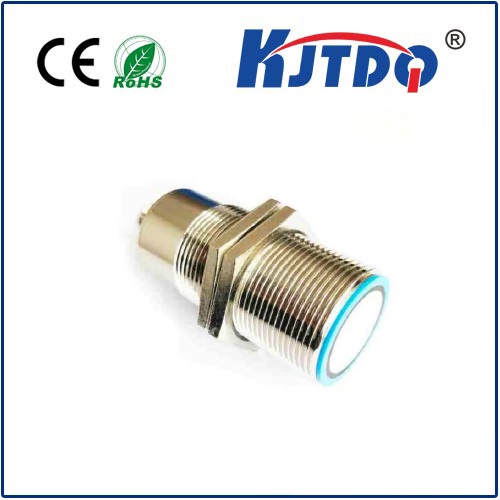e18d80nk Инфракрасный датчик приближения
- time:2025-07-10 03:30:42
- Нажмите:0
Unlock Hidden Applications: Your Guide to the Remarkable E18-D80NK IR Sensor
Finding a proximity sensor that balances reliability, simplicity, and cost-effectiveness can be a real challenge, especially in dynamic environments filled with dust, varying light, or vibrations. Many solutions either fail under pressure or demand excessive setup complexity. This is where the unassuming E18-D80NK infrared proximity sensor truly shines. Far more than just a component, this little module consistently solves detection problems across countless robotic and industrial applications. Its enduring popularity isn’t accidental; it’s a testament to its robust design meeting a critical need.
Understanding Proximity Sensors: The Basics
Proximity sensors detect the presence or absence of an object within a defined range without physical contact. This non-contact detection is vital in automation, robotics, safety systems, and countless DIY projects. Common types include:
- Photoelectric Sensors: Use light (often infrared) to detect objects. This includes reflective, through-beam, and diffuse types like the E18-D80NK.
- Inductive Sensors: Detect metallic objects using electromagnetic fields.
- Capacitive Sensors: Detect both metallic and non-metallic objects by measuring changes in capacitance.
- Ultrasonic Sensors: Use sound waves to measure distance or presence.
The E18-D80NK falls squarely into the infrared diffuse photoelectric sensor category. Its core strength lies in its modulated infrared light and clever receiver design.

Demystifying the E18-D80NK: How It Works
At its heart, the E18-D80NK infrared sensor operates on a beautifully simple principle:
- Infrared Emission: An internal infrared LED constantly emits pulses of modulated infrared light. This modulation (rapidly switching the IR beam on and off at a specific frequency) is crucial. It allows the sensor to distinguish its own signal from ambient infrared light sources (like sunlight or incandescent bulbs).
- Reflection Detection: The emitted IR beam travels outward. When an object enters its detection range, the beam reflects off the object’s surface.
- Signal Reception: A dedicated phototransistor receiver on the sensor picks up this reflected, modulated IR light.
- Output Trigger: The sensor’s internal circuitry analyzes the received signal. If the modulated IR reflection is strong enough (indicating an object is within range), the sensor triggers its output signal.
Основные функции и спецификации
Understanding the specs clarifies where and why you’d choose the E18-D80NK proximity sensor:
- Detection Principle: Diffuse Reflective (Object reflects emitted light back to receiver).
- Sensing Distance: Adjustable range typically 3 cm to 80 cm (hence “D80” in the name). Fine-tuned via an onboard potentiometer.
- Output Type: Digital (NPN Open Collector). This is critical! It acts as a switch. When no object is detected, the output signal pin is internally “floating” (high impedance). When an object is detected, it connects the signal pin to the GND pin. Requires a pull-up resistor (often internal to microcontrollers like Arduino) to read a reliable HIGH/LOW signal.
- Operating Voltage: 5V DC is standard and recommended.
- Response Time: Very fast (milliseconds), suitable for dynamic applications.
- Beam Type: Focused infrared beam.
- Environmental Resistance: Offers decent resistance to ambient light interference and moderate dust/dirt due to its modulation technique and housing. Not inherently waterproof.
- Connection: Standard 3-pin interface (Brown = VCC (5V), Blue = GND, Black = Signal Output). Double-check wiring! Incorrect voltage can damage it.
Why Choose the E18-D80NK? Key Advantages
Its popularity stems from distinct advantages:
- Non-Contact Operation: Eliminates wear and tear on both the sensor and detected objects.
- Immunity to Ambient Light: The modulated infrared light is paramount. Unlike simple IR detectors, the E18-D80NK sensor effectively ignores constant or slowly changing ambient IR, drastically reducing false triggers.
- Adjustable Sensing Range: The built-in potentiometer allows precise tuning for specific application needs within its 3cm-80cm window.
- Simple Integration: The digital NPN output is straightforward to interface with microcontrollers (Arduino, Raspberry Pi, PIC) or PLCs, requiring minimal external components (often just a pull-up resistor).
- Эффективность затрат: Delivers reliable performance at a very accessible price point.
- Compact & Robust: Its cylindrical barrel form factor makes it easy to mount, and the housing provides basic protection.
Putting It To Work: Common Applications
The E18-D80NK infrared proximity sensor finds a home in diverse scenarios:
- Robotics: Collision avoidance (bumper switches), line follower robots (detecting drop-offs or start/stop lines), object detection for grippers.
- Промышленная автоматизация: Detecting objects on conveyors, verifying part presence in assembly jigs, counting items passing a point (if speed allows), machine guarding (entry detection).
- DIY Projects: Interactive art installations (triggering actions as people approach), automated dispensers (detecting a cup or hand), smart home prototypes (drawer/cabinet open detection), security system triggers.
- Basic Level Sensing: Detecting material presence in bins or hoppers (where contact isn’t desired).
Practical Tips for Using Your E18-D80NK Effectively
Maximize performance and avoid frustration:
- Calibrate Carefully: The adjustable detection range is your friend. Use a small screwdriver to turn the onboard potentiometer while testing with your target object at the desired distance. Turn clockwise (usually) to increase sensitivity/range.
- Mind the Wiring: Brown to 5V, Blue to GND, Black to Signal Input (with pull-up!). Applying more than 5V is a common cause of failure.
- Understand NPN Output: Remember, the signal pin goes LOW (connected to GND) when an object is detected. Your code/controller needs to read this state change correctly. A pull-up resistor (e.g., 10K Ohm to VCC) on the signal line is essential if your input pin doesn’t have an internal one enabled.
- Consider the Target: Performance varies with surface color, material, and reflectivity. Dark, matte, or irregular surfaces reflect less IR light and reduce the effective sensing distance. Light-colored, smooth surfaces work best. Test with your actual target!
- Environmental Factors: While resistant, very strong direct sunlight hitting the receiver can potentially overwhelm the modulation. Mounting considerations can mitigate this. Dust or dirt buildup on the lens can attenuate the signal – periodic cleaning may be needed in harsh environments.
- Occlusion: The object must be large enough to reflect sufficient light back to the sensor within its detection cone. Tiny objects might not trigger reliably


